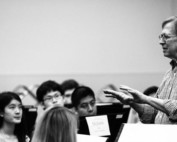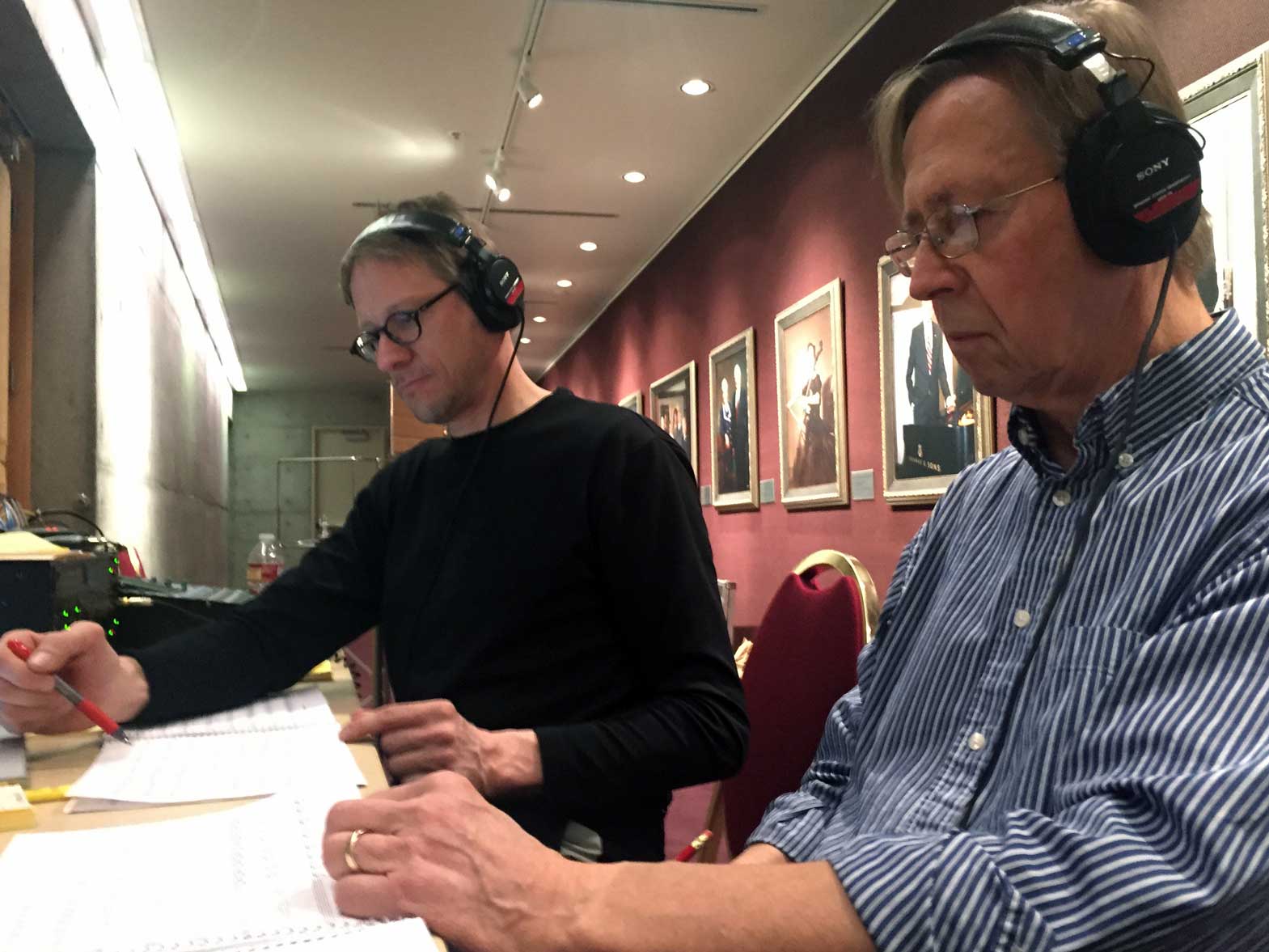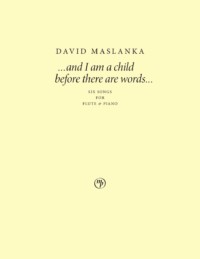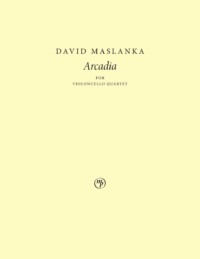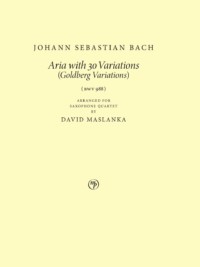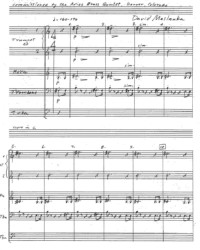Project Description
Percussion Ensemble
1992
25 min.
Listen Now
Central Michigan University Percussion Ensemble, Robert Hohner, cond.
On the album The Percussion Music of David Maslanka (1996)
Instrumentation
Piano | DB | Perc. 7
- Piano
- Double Bass
- Required Percussion (7 players + 1 for third movement)
- Vibraphone (2)
- Gong (1 sm., 2 med., 5 lg.)
- Tuned Gongs (4, see score for pitches)
- Chimes
- Tam-tam (2)
- Crotales (2, 1 on timp head)
- Marimba (2)
- Bass Marimba
- Gourd Rattle (sm)
- Suspended Cymbal (3 sm., 2 lg.)
- Bull Roarer (1 sm., 2 med.)
- Bongos (2)
- Conga Set (2 mini., 1 high, 2 med., 1 lg.)
- Snare Drum
- Tenor Drum (2)
- Bass Drum (3)
- Cabasa (2 sm., 1 med., 2 lg.)
- Shaker (2 v. sm.)
- Bass Marimba
- Anvil
- Maracas (1 sm., 1 med.)
- Timpani
- Triangle (1 sm., 1 med.)
- Log Drum (3)
- Temple Blocks
- Claves (1 sm., 1 med., 1 lg.)
- Bamboo Rain Tree
- Rachet
- Wood Block (1 sm., 1 lg.)
- cello bows (6-may substitute bass bows)
- Third movement offstage
- siren
- marimba
Movements
- Quite Slow
- Slowly
- Moderate
Commissioned by
The Robert Hohner Percussion Ensemble
Program Note
It was with great pleasure that I wrote “Montana Music: Three Dances for Percussion” for my good friend Robert Hohner, and his wonderful Central Michigan University Percussion Ensemble. Bob’s persistence and his keen musical intuition brought to life my first major percussion piece “Arcadia II: Concerto for Marimba and Percussion Ensemble”, and I know that he would find the heart and soul of this new piece. I think of “Montana Music” as complementary to “Arcadia II”, and this new work is offered as a gesture of thanks to Bob and the CMU players.
“Montana Music: Three Dances for Percussion” is one of a series of pieces with the title “Montana Music”. These are separate pieces with no musical crossover, yet they all spring from a single root point which I feel to be the powerful spirit of life emanating from the Montana land. This spirit as I perceive it is a rich and complex thing: it is the vibrant life force with all its earth manifestations, yet along with it there is a sharp element of pain and urgency. My response to this force has been a deepened sense of the quality of the moment, a better understanding of the need to experience the moment fully, and then to release it without regret, and a deeper sense of the timeless as perceived through the shifting patterns of sound in time.
At first I had difficulty composing this piece. Given the nearly unlimited possibilities in there percussion ensemble, I started with preconceived notions of all the sounds I would like to hear. The piece didn’t want to be any of those things and refused to be written until I opened myself to what wanted to come out. Then the piece came quickly and fairly smoothly. The resulting three slow movements are not something I could or would have preplanned. They are nocturnal, lunar, inward pieces, dedicated to the spirit of the earth, which speaks through them, Through this music I have a very personal vision of the slow dance of creation, transformation and rebirth.
Each movement embodies a large, simple ABA form. This allusion to Classical form gives and objective frame and feel to a music which is otherwise intensely personal and impassioned. Vibraphone is often the center of attention in this music. Its evocative bell-like character may be thought of as a motif in the whole work.
Program Note by David Maslanka
Further Reading
David Maslanka: Works for Younger Wind Ensembles
Here are more than twenty works for wind ensemble, arranged in approximate ascending order of difficulty, with commentary by David Maslanka
Recording the Wind Ensemble Music of David Maslanka
Mark Morette of Mark Custom Recording shares his extensive experience in recording wind ensembles.

